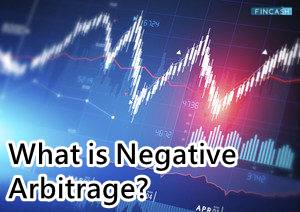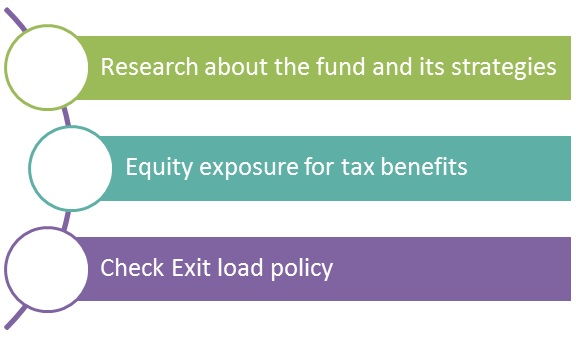Negative Arbitrage
What is Negative Arbitrage?
Negative arbitrage phenomenon can be defined as the opportunity lost, in which the bond issuers pay a high interest to the bondholders while earning less interest on their investment. This happens when the issuers get their bond proceeds in different Bank accounts or escrow and hold it in this account for a specific duration, i.e. until they use this money to finance a project.

Negative arbitrage is quite common when the bond issuers issue new Bonds to the investors. To put it in simple terms, the opportunity lost or negative arbitrage occurs when the bond issuers earn a lower interest from the amount they put in the banks than the interest they are supposed to pay back to the investors or bondholders. In this post, we are going to discuss the meaning of negative arbitrage and how it affects infrastructure investments.
Example of Negative Arbitrage
Suppose a company plans on constructing a few bridges in the city. They use bonds to finance the construction expenses. The company decides to issue 5% of bonds. The deal completes successfully, however the interest rates plunge significantly. As soon as the company receives the money from investors, they put this amount in multiple bank accounts so that they can fund the bridge construction. But, since the interest rates had increased before the company got these bond proceeds in banks, they would earn 2% interest from the banks.
However, the company will have to pay 5% interest to all the investors that they have issued the bonds. This difference in the interest will lead to negative arbitrage, due to which, the company will experience a 3% loss. Not only does the company have to pay higher interest than what it earns, but the negative arbitrage will hamper the construction as the company will not have the required amount to fund the construction.
Talk to our investment specialist
When does Negative Arbitrage Occur? How does it Affect the Bond Issuer?
Negative arbitrage happens when the borrowing charges are higher than the lending charge. The Opportunity Cost can also occur during debt refinancing. Due to sudden fluctuations in the interest rate, the borrower might end up paying higher interest on the mortgage than the interest they earn from the money kept aside for the debt repayments. If we use the bond refinancing concept, then the negative arbitrage can be defined as the total amount of savings the borrowers lose because of Investing the bond proceeds at an extremely low-interest rate in the bank accounts.
The interest on the recently issued bonds is higher than the amount the borrower invested on the bond proceeds while holding the funds in the escrow. Federal Reserve could lower the interest rate anytime. When the short-term interest rates fall, the opportunity costs increases. It leads to negative arbitrage as the borrower earns a lower interest on the issued bonds than the amount they have to pay back to the investors. This has a negative impact on infrastructure investments and other major projects.
All efforts have been made to ensure the information provided here is accurate. However, no guarantees are made regarding correctness of data. Please verify with scheme information document before making any investment.
You Might Also Like










